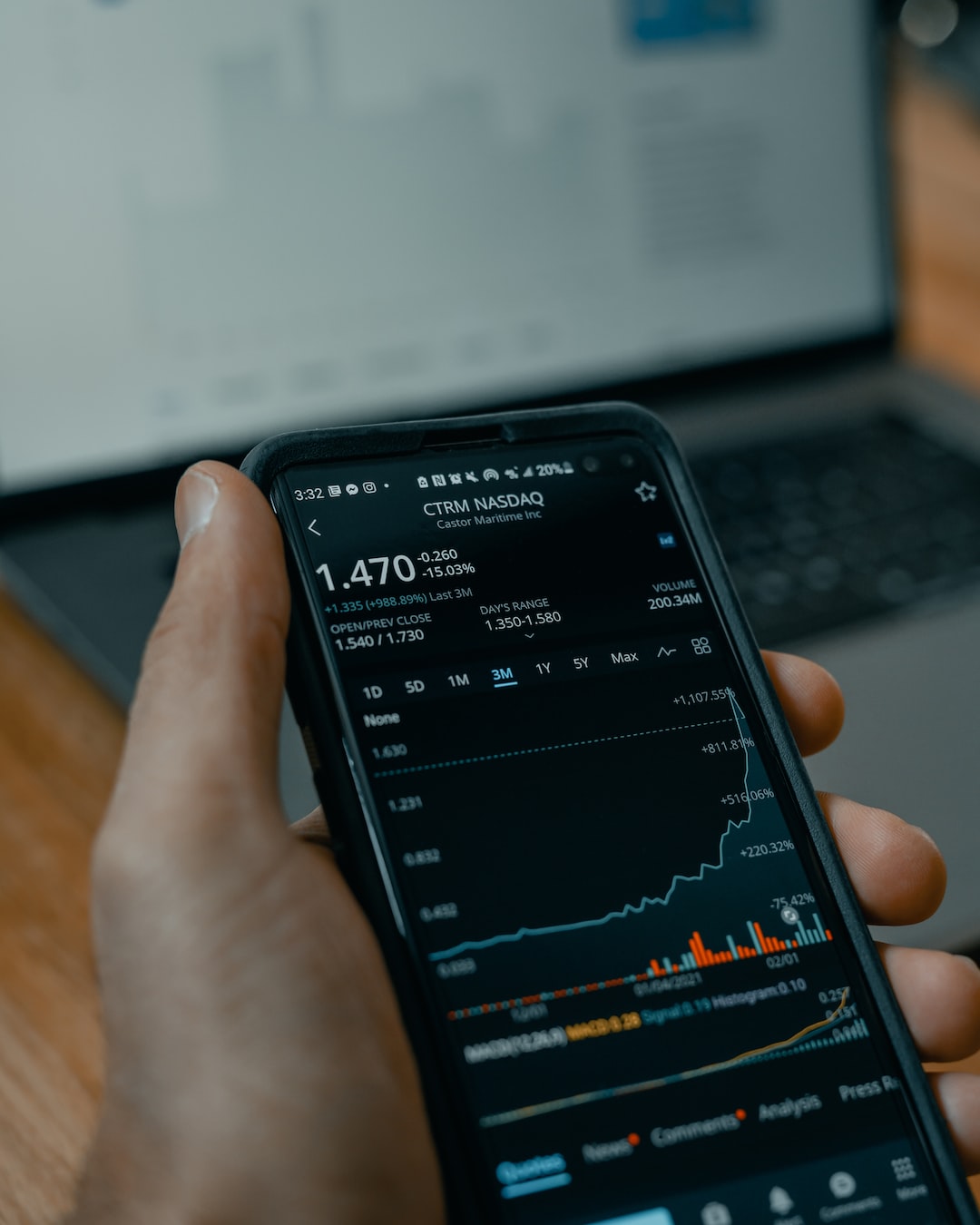The Exponential Moving Average (EMA) is a popular technical analysis tool used by forex traders to identify trends and potential entry or exit points. Unlike the Simple Moving Average (SMA), which gives equal weight to all periods, the EMA gives more weight to recent data, making it more responsive to current market conditions. In this article, we will explore how to use EMA for forex trading effectively.
Firstly, it is important to understand the basics of the EMA. It is calculated by taking the current price and multiplying it by a smoothing factor (usually between 0.1 and 0.3) and adding it to the previous EMA value multiplied by (1-smoothing factor). The result is a moving average that is weighted towards recent prices, making it a more sensitive indicator of price movements.
The most common periods used for EMAs are 50, 100, and 200. Traders use these EMAs to identify long-term trends in the market. For example, if the price is above the 200 EMA, it is considered to be in an uptrend, and if it is below the 200 EMA, it is considered to be in a downtrend.
However, traders also use shorter periods of EMAs to identify short-term trends and potential entry and exit points. For example, if the price is above the 50 EMA but below the 100 EMA, it is considered to be in a short-term uptrend, and if it crosses below the 50 EMA, it is considered to be a potential sell signal.
Another way to use EMAs is to identify support and resistance levels. If the price is approaching an EMA and bounces off it, it is considered to be a support or resistance level. Traders can use this information to place their trades and set their stop-losses.
When using EMAs, it is important to remember that they are lagging indicators, meaning they are based on historical data. They may not always give accurate signals, especially in volatile markets. Therefore, traders should use EMAs in conjunction with other technical analysis tools, such as trendlines, support and resistance levels, and oscillators, to confirm their trading decisions.
In addition, traders should also consider the overall market conditions, such as economic data releases and geopolitical events, which can affect the price movements. Traders should also have a solid risk management strategy in place, including setting stop-losses and taking profit targets.
In conclusion, the EMA is a powerful technical analysis tool that can help forex traders identify trends and potential entry and exit points. However, traders should use EMAs in conjunction with other technical analysis tools and consider the overall market conditions to make informed trading decisions. By incorporating EMAs into their trading strategy, traders can improve their chances of success in the forex market.





